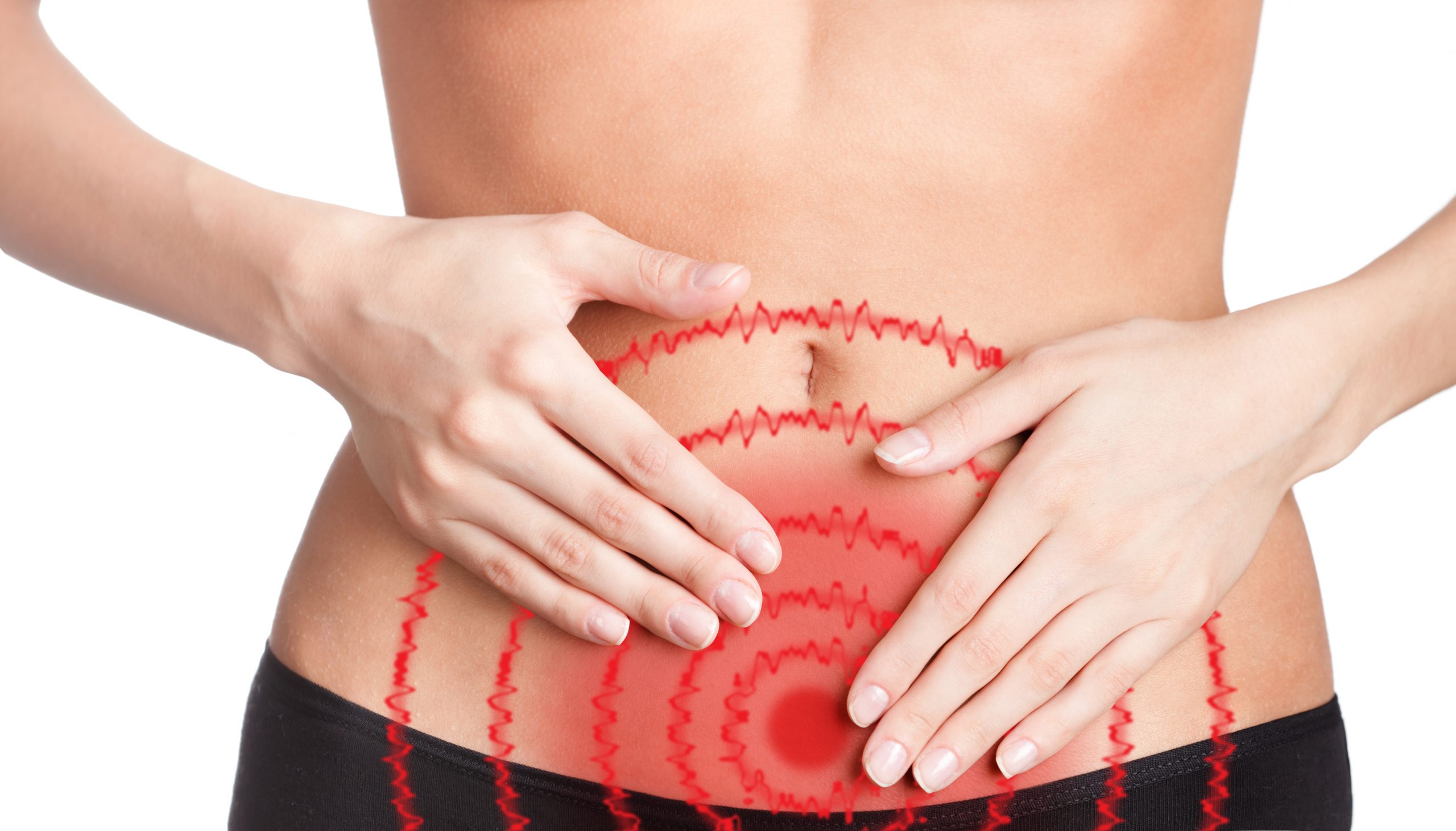Chronic Pelvic Pain (CPP)
Chronic pelvic pain is commonly defined as non-malignant intermittent or continuous pain in the lower abdomen, pelvis or intrapelvic structures, lasting at least 3–6 months. CPP may originate from one or more organ systems or pathologies and may have multiple contributing factors.
It usually involves an interaction between the gastrointestinal, urinary, gynecological (endometriosis, adenomyosis, pelvic congestion syndrome, fibroids, and ovarian remnant after surgeries for examples), musculoskeletal such as (tension of pelvic floor muscles, inflammation of the pubic symphysis), neurological and endocrine systems. It can also be influenced by psychological and sociocultural factors. Therefore, it is important that you see your GP for appropriate investigations before seeing a Physiotherapist, if you are having pain in the pelvis.
What are the signs and symptoms?
These are some of the most common symptoms of CPP:
- Pain in the lower abdomen, pelvis or intrapelvic structures
- Pressure/heaviness in the pelvis
- Painful intercourse
- Pain during or after bowel movements or urinating
- Pain when sitting for a long time
- Urinary Incontinence
- Urinary frequency/urgency
- Sensation of incomplete bladder emptying
- Difficulty fully emptying the bowel
- Sleep disturbance/insomnia
- Anxiety/depression
The optimal treatment of chronic pelvic pain needs to address a holistic therapy approach. This multidisciplinary treatment and physiotherapy treatment includes oral analgesics and other medications, pain management, pelvic floor rehabilitation, nerve stimulation therapies, teaching cognitive coping strategies, education about the importance of planning and pacing exercise and activities.
Often sufferers of chronic pelvic pain have overactive pelvic floor muscles.
An internal examination of the pelvic floor muscles can determine whether your muscles are overworking, tense and painful. This is something that is discussed and assessed as to whether it is a suitable assessment tool at your initial consultation. Real time Ultrasound can also be used to assess the motility and function of the pelvic floor muscles. Physiotherapy can help with releasing these muscles, which often reduces symptoms of pain and of bladder, bowel and sexual dysfunction.
Physiotherapy will also use relaxation and breathing techniques, acupuncture and stretching to help calm down the pathways that feed in to pain.
Usually external assessment and treatment of the pelvis, legs and abdomen is also required.

